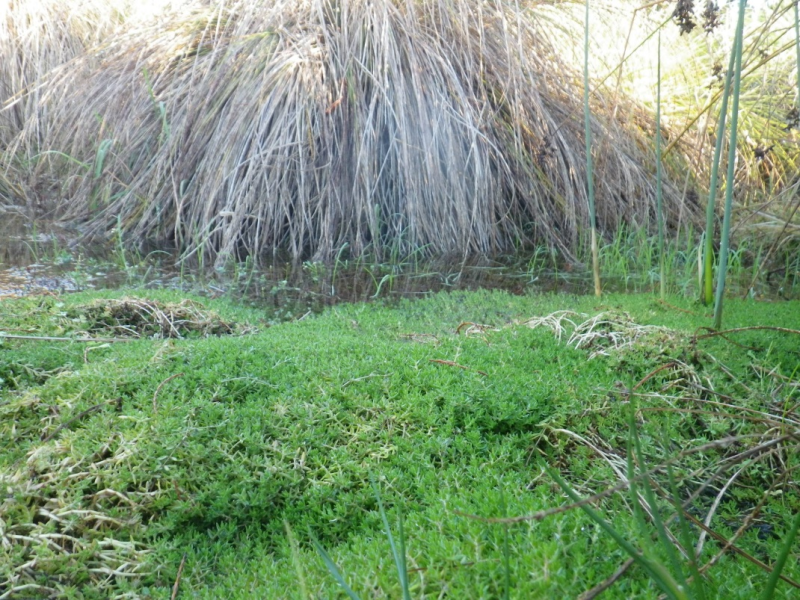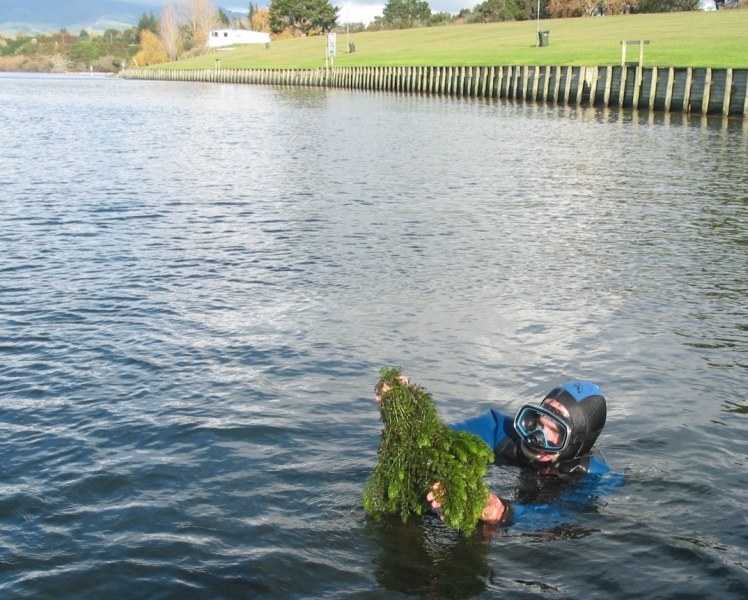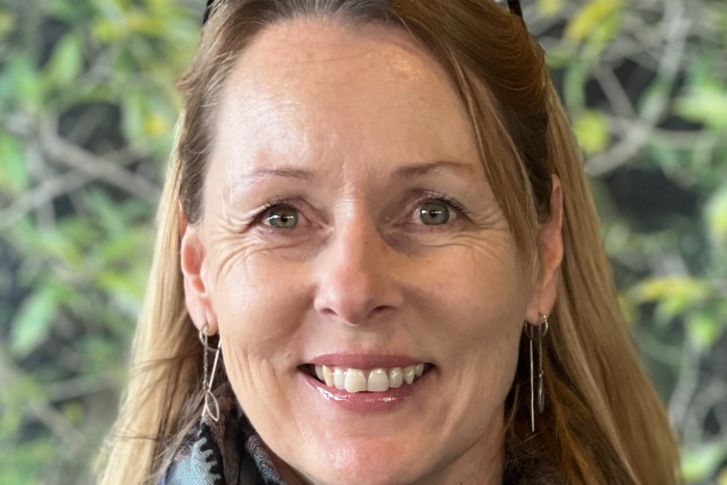New Zealand's geographic isolation and relatively recent colonization provide the opportunity for a unique genetic analysis of plant movement patterns to be explored.
The issue
New Zealand has been both the recipient of major aquatic weed species (including Elodea canadensis, Lagarosiphon major, Hydrilla verticillata, Egeria densa & Ceratophyllum demersum) as well as the possible source of species of concern to other countries (e.g., Crassula helmsii, Glossostigma cleistanthum).
Many aquatic weed species introduced to New Zealand have shown unprecedented growth rates and record biomass production, well in excess of what has been seen in their countries of origin. This has attracted scientific interest to understand whether there are genetic differences in the 'weedy' aquatic plants found in New Zealand, or whether other growth regulating or environmental factors could account for these differences.
Our Approach
Genetics
Since 2010, a geographically diverse collection of targeted weedy specimens from New Zealand has been taken to Aarhus University in Denmark to compare with collections of the same species from around Europe.
Both live and dried, pressed specimens from New Zealand have been added to live and dried cultures in Denmark.
Studies are focusing on morphological (i.e. shape and structure) comparisons and DNA sequencing. Some species are undergoing comparative growth studies between New Zealand and European populations.
These studies will also indicate if genetic differentiation has taken place over time, and we can learn more about somatic (non germ cell) mutations in invasive plants.
Growth trials
Competitive growth studies under controlled environments showed that the New Zealand plants grew more vigorously than European cultures under identical growth environments. This might suggest a more competitive strain (despite equivalent genetic profiles) has evolved under isolation in New Zealand.
However, there may be another explanation which has not been explored yet.
An aquatic endophyte – an organism which lives inside the plant – a fungus (Mycoleptodiscus terrestris) which was recently recorded in New Zealand has been found to affect the growth and vigour of hornwort when in controlled environments, without any other visible symptoms. This fungus appears to be quite sparse in New Zealand waterways, which suggests it may have been introduced here recently, and/or infrequently, with aquatic weed species.
On the other hand, hornwort and quite possibly Mycoleptodiscus terrestris have been widespread throughout Europe for hundreds of years. If this endophyte fungus is well integrated amongst aquatic species in Europe, it could help to account for their lower growth rate and vigour when compared to the same invasive species in New Zealand. Studies are now looking at the presence of endophytes in European populations of invasive aquatic plants. Further comparative growth trials are planned to determine whether this fungus could account for differences in growth rates and competitiveness.
Results
Genetics
As of 2012, sample screening has begun and continues as more specimens are added to the collection for comparative analyses.
An interesting point which has already been established is that one New Zealand native plant, widely considered to be the source of a troublesome invasive species in Europe (Crassula helmsii – New Zealand Pygmyweed, Figure 1), is now recognised as quite different. Based on genetic profiling, the invasive species spreading throughout Europe has been identified as most closely aligned to the Australian Crassula helmsii, from the Murray River region.
Although numerous samples still have to be analysed and sequencing results processed, initial studies show that one species (Ceratophyllum demersum, Figure 2), often called 'hornwort' or 'coontail', has very little genetic difference between globally diverse populations.
Growth trials
Collection and analysis of live plant specimens from around Denmark and Europe will focus on sampling for Mycoleptodiscus terrestris.
This will require several months of intensive collecting, processing, plating and isolating of indicative fungal specimens. Following this, more detailed culture steps will allow us to verify the likely presence of this endophyte fungus.
Further comparative growth trials with hornwort will be carried out under controlled growth environments, using both endophyte-free plants as well as plants inoculated with live Mycoleptodiscus terrestris cultures.



